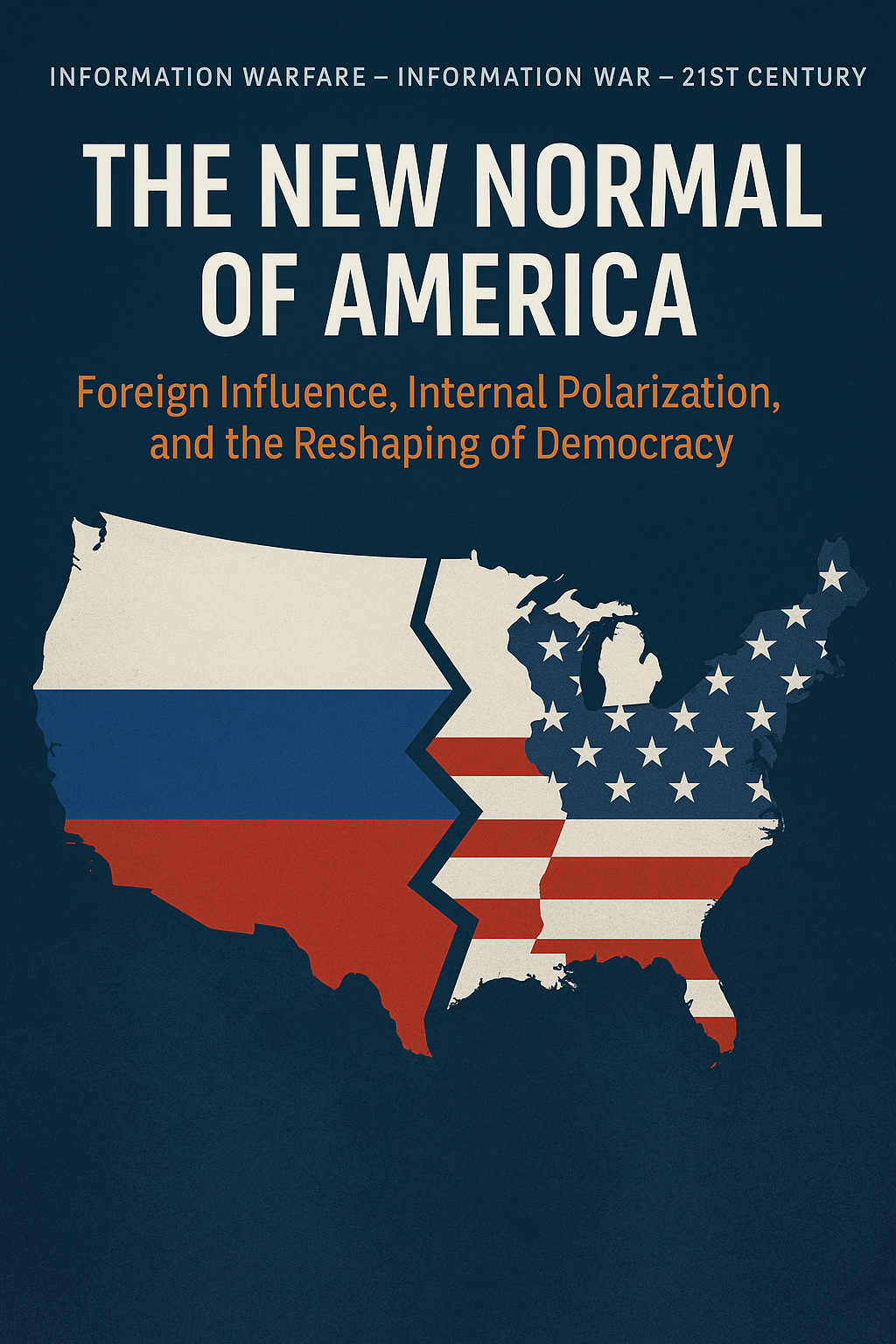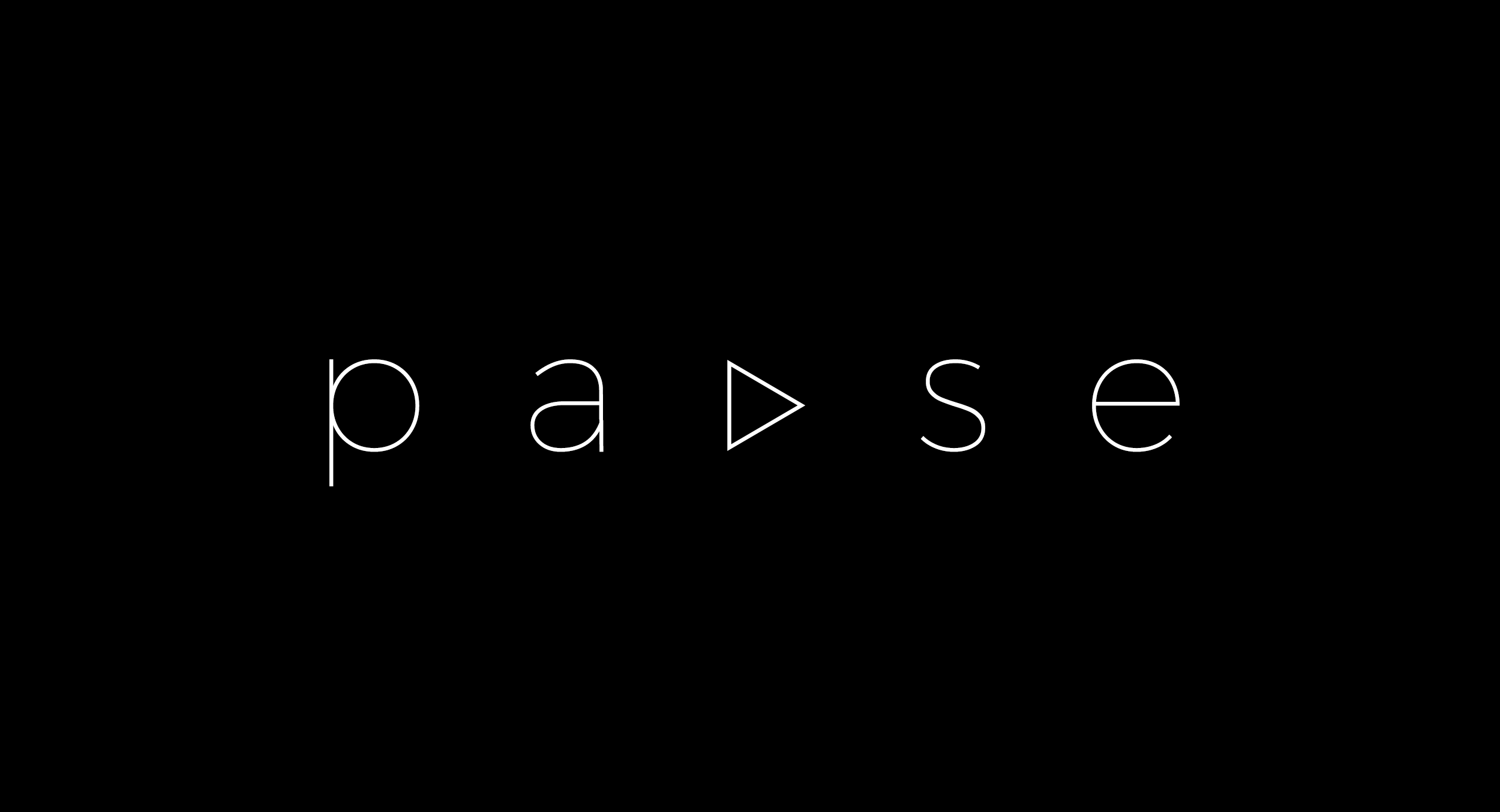Blog
https://information-warfare.com/the-new-normal-of-america-298f4647db33
- Foreign Influence, Internal Polarization, and Possible Futures
The New Normal of America: Foreign Influence, Internal Polarization, and Possible Futures
Introduction
The past decade has marked a turning point in American life. Where once partisan disputes were largely about policy, today the U.S. faces existential questions about its institutions, its democratic health, and its global role. Talk of a simple “return to normal” — to the bipartisan consensus of the late 20th century — now feels improbable. Instead, America has entered a new normal: a political and cultural landscape shaped by the interplay of foreign interference and long-standing domestic divides.
The Role of Russian Interference
Foreign interference in U.S. democracy is not speculative; it is well-documented.
-
The Intelligence Community Assessment (2017): U.S. agencies concluded with “high confidence” that Russian President Vladimir Putin ordered an influence campaign to undermine trust in democracy, discredit Hillary Clinton, and favor Donald Trump.
-
Methods Used:
-
Hacking & Leaks: Russian operatives stole and released DNC and campaign emails at strategic moments.
-
Social Media Warfare: The Internet Research Agency (IRA) spread disinformation via fake American accounts, amplifying racial tensions, conspiracy theories, and divisive cultural issues.
-
-
Outcome: Russia did not invent America’s divides but weaponized them — exploiting mistrust and polarization to weaken institutions.
The Broader Internal Shifts
Foreign influence found fertile ground because of decades of internal change:
-
Rising Polarization: Pew data shows partisan gaps on values, identity, and facts have widened steadily since the 1970s. Political identity now defines social identity.
-
Fractured Media: Cable news, talk radio, and social media created echo chambers that reinforce existing beliefs and reduce exposure to alternative viewpoints.
-
Demographic and Cultural Shifts: Greater diversity, economic inequality, and cultural debates over identity have reshaped political coalitions, creating both opportunity and backlash.
The Interplay
The consensus among scholars: foreign interference and domestic polarization are not separate forces but intertwined dynamics. Russia’s campaigns poured gasoline on already smoldering fires, accelerating distrust and deepening divides. The “new normal” is thus one where both external disruption and internal fragility reinforce each other.
Characteristics of the New Normal
-
Open Polarization: Political animosity is now cultural identity.
-
Information Warfare: Disinformation is a permanent feature of the ecosystem.
-
Fragile Institutions: Public confidence in elections, courts, and Congress continues to erode.
-
Shifting Global Role: Foreign policy has grown more transactional and unpredictable.
-
Identity Politics as Core Politics: Compromise feels like betrayal, not negotiation.
Three Scenarios for America’s Future
Scenario 1: Democratic Renewal (Hopeful but challenging)
-
Key Drivers: Civic engagement at the local level, institutional reform (e.g., electoral changes, stronger regulation of disinformation), and generational leadership that prioritizes shared values.
-
Domestic Outlook: A shift from culture wars to problem-solving; gradual rebuilding of trust in institutions.
-
Global Outlook: America reclaims leadership through example rather than dominance, restoring alliances with a more cooperative tone.
Scenario 2: Entrenched Polarization (Most likely trajectory)
-
Key Drivers: Technology-driven echo chambers, unaddressed inequality, and leaders who weaponize grievance politics.
-
Domestic Outlook: Politics calcifies into two hostile camps; governance increasingly regionalized as national consensus collapses into gridlock.
-
Global Outlook: U.S. remains powerful but unpredictable; allies hedge against policy swings, adversaries exploit divisions.
Scenario 3: Institutional Breakdown (Worst case)
-
Key Drivers: Erosion of democratic norms, loss of faith in elections and law enforcement, elite competition, and escalating political violence.
-
Domestic Outlook: Constitutional crises, weakened federal authority, or outright legitimacy collapse. Law operates unevenly, and democracy is hollowed out.
-
Global Outlook: America turns inward, unable to lead. Allies pivot to new security frameworks, leaving a fractured, unstable international order.
Conclusion
America’s “new normal” is not a temporary disruption — it is the product of deep polarization, accelerated by foreign exploitation, technological change, and cultural transformation. Whether this trajectory leads to renewal, stagnation, or breakdown will depend on how institutions adapt, how leaders govern, and how citizens engage.
The choices made in the next decade will determine whether the U.S. remains a resilient democracy capable of leading by example — or whether it becomes a cautionary tale of a republic unable to withstand the pressures of its own divisions.




No Comments
Signup or login to leave a comment